

Choosing a vocal mic for gigs can seem daunting but there comes a time when, as a performing musician, you start to get picky about how things sound. And rightly so. Many singers start off singing into any microphone they can get their hands on, sometimes they’re presented with whatever microphone the PA company provides.
At big gigs and festivals you’re pretty sure to get reasonable quality microphones. At pubs, clubs and smaller venues it’s the luck of the draw. Guitarists, bassists and drummers will bring their own instruments, effects pedals and amps. If you’re a vocalist, you ought to be prepared to do the same.
So, what is the best microphone to use for on-stage vocals?
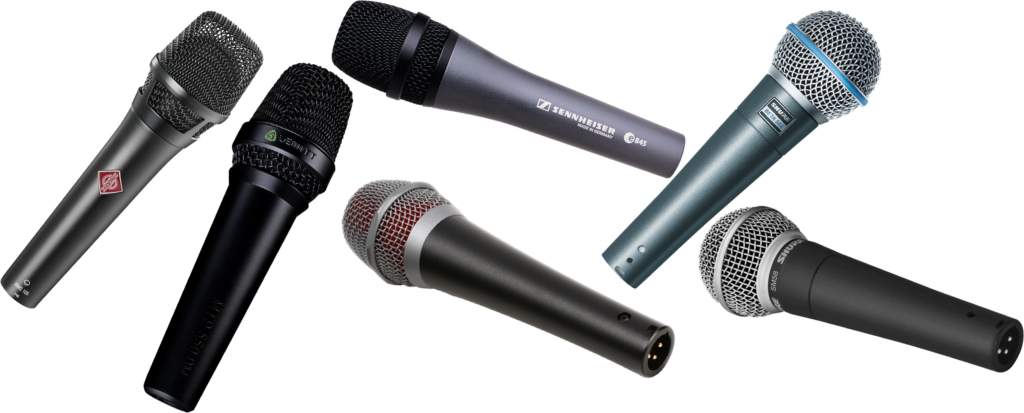
Let’s start by asking, what is required from a vocal microphone? A good mic should make your vocals sound crisp and bright while having plenty of ‘body’. It should be resistant to feedback while being sensitive to the distance you are from the mic.
Now, you may have heard about cardioid and super cardioid polar patterns, but what does that mean? Simply put, it’s where the microphone is most sensitive. A cardioid, or heart-shaped pattern means that the microphone works best if it’s pointed towards you rather than away from you. It gets a higher volume from sounds made in front of the mic than it does from sounds made behind it. Super cardioid means this response pattern is enhanced so that sounds made ‘on axis’ (straight into the mic) are much louder than those off-axis (coming from the side or behind). This translates to better feedback rejection for super cardioid mics compared to cardioid mics, especially on small stages.
Male voices are typically in the frequency range of 85Hz to 180Hz while females are typically between 165Hz and 255Hz. I’ve set out in the table the frequency ranges of the mics in this article and you will see that most can ‘hear’ frequencies as low as 40Hz and as high as 16KHz. This is well outside what the human voice can produce so, you may think, what’s the point? Indeed, sound engineers will always put the ‘bass cut’ button in on a mixer vocal channel which cuts out frequencies below 80Hz. Well, firstly there are ‘harmonics’ which can be higher frequency than the voice creating them which add crispness and sparkle to vocals. Harmonics are caused by the interaction of two or more sounds interacting with each other. Secondly, having mics with a wide frequency response means they can be used for other things. I’ve used ‘vocal’ mics for guitars, brass, woodwind and even kick drums.
| Microphone | Polar pattern | Frequency range |
|---|---|---|
| Shure SM58 | Cardioid | 50Hz - 15kHz |
| Shure Beta 58A | Super cardioid | 50Hz - 16kHz |
| Sennheiser E835 | Cardioid | 40Hz - 16kHz |
| Sennheiser E845 | Super cardioid | 40Hz - 16kHz |
| SE Electronics V7 | Super cardioid | 40Hz - 19kHz |
| Lewitt Audio MTP550 | Cardioid | 60Hz - 16kHz |
| Neumann KMS105 | Super cardioid | 20Hz - 20kHz |
Of course, it’s never that simple and there is more to a microphone that its frequency range. All mics have a ‘response curve’. At certain frequencies the mic will ‘respond’ better than at other frequencies. This give the specific ‘characteristic’ of any given microphone. This may translate as giving a ‘warm’ sound or ‘crisp’ vocals – descriptive words that are inevitably non-specific to sound but convey a sense of what we mean. In technical terms we can say that there is a ‘bump’ or a ‘notch’ in a particular frequency range such as the upper mid-range. These characteristics are what you pay for with more expensive mics. It is also why cheap ones sound bad!
Microphone ‘technique’ is a very important but little understood thing. If, say, you have a verse with low-level vocals followed by a chorus where you really belt it out, you’re going to need to learn how varying the distance from the mic will deliver a consistent level through the front of house speakers.

Here’s an important principle to understand. Sound levels are governed by the inverse square law. This means that if you sing at a certain volume 20cm from the mic and then at the same volume just 10cm from the mic, the audience will perceive the closer vocal to be, not twice as loud, but four times as loud. So, if you half the distance it sounds four times louder. Half the distance again and it’s sixteen times louder. If you double the distance, it sounds a quarter of the volume, double it again and you’re one sixteenth the volume. In reality, the ‘perceived’ volume is not actually as I’ve described it here due to how ears ‘hear’ sound. Everybody has their own built in response curve!
However, understanding this principle enables you to keep your front of house level consistent while having large variations in your vocal dynamics simply by moving closer to or further away from the microphone. Just like with any instrument, you need to practice!
There are many vocal mics available, ranging from cheap to insanely expensive. So, is it worth paying more? Well, yes, with some provisos. There are diminishing returns. A £120 mic will sound better, noticeably better to anybody’s ears, than a £30 mic. A £300 mic will sound way better than the £30 mic and a bit better than the £120 mic. A £500 mic will sound a little bit better than the £300 mic, and so on. £1,000 vocal mics sound awesome, especially if you know what to listen for, but is the extra sparkle and sensitivity worth £800 or so more than a perfectly adequate £120 mic? That’s for you, and your wallet, to decide!
There is one microphone that is synonymous with stage vocals. The Shure SM58. The design has not changed since 1966 when it was first produced and it is iconic with its globe-like grille and solid feel. SM58s are virtually indestructible. You can drop them, fling them around, drool over them and they still work. That is partly why they are ubiquitous for stage use. They also have excellent feedback rejection and are great if you have good microphone technique (see above).
However, they also have their downsides. To my ears, they sound great for most male voices but are not so good with female singers. I have a deep singing voice and find 58s lack body with my vocals. They have excellent feedback rejection because they tend to be insensitive at certain upper-midrange frequencies and can sometimes sound a bit dull.
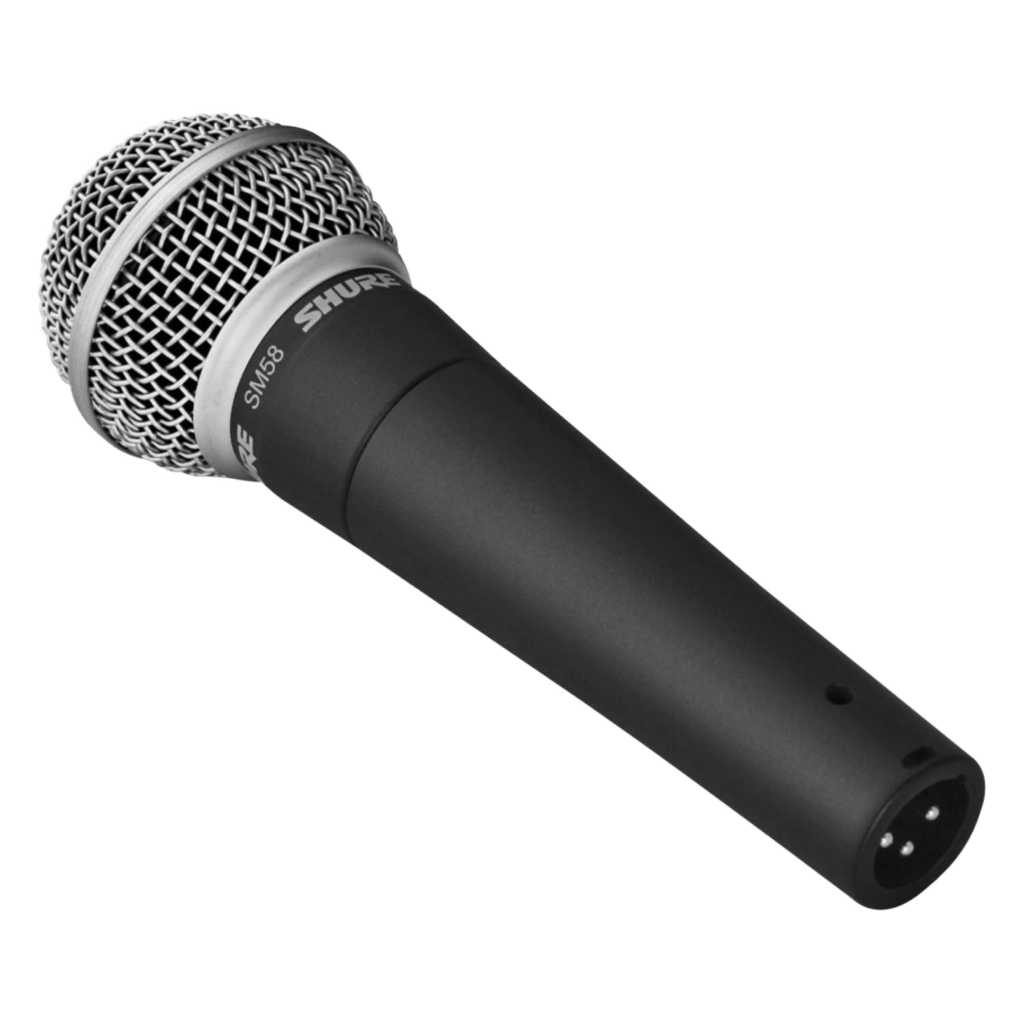
There are many vocal mics available, ranging from cheap to insanely expensive. So, is it worth paying more? Well, yes, with some provisos. There are diminishing returns. A £120 mic will sound better, noticeably better to anybody’s ears, than a £30 mic. A £300 mic will sound way better than the £30 mic and a bit better than the £120 mic. A £500 mic will sound a little bit better than the £300 mic, and so on. £1,000 vocal mics sound awesome, especially if you know what to listen for, but is the extra sparkle and sensitivity worth £800 or so more than a perfectly adequate £120 mic? That’s for you, and your wallet, to decide!
There is one microphone that is synonymous with stage vocals. The Shure SM58. The design has not changed since 1966 when it was first produced and it is iconic with its globe-like grille and solid feel. SM58s are virtually indestructible. You can drop them, fling them around, drool over them and they still work. That is partly why they are ubiquitous for stage use. They also have excellent feedback rejection and are great if you have good microphone technique (see above).
However, they also have their downsides. To my ears, they sound great for most male voices but are not so good with female singers. I have a deep singing voice and find 58s lack body with my vocals. They have excellent feedback rejection because they tend to be insensitive at certain upper-midrange frequencies and can sometimes sound a bit dull.

So what do I use? For general stage vocals I usually go for a Sennheiser E835 or E845. They are similar in price, frequency response and sensitivity to a SM58 but are just that little bit crisper, especially on female vocals. The E845 with its super cardioid response seems to make my deeper vocal sound fuller while also being better at eliminating feedback. The more expensive E945 retails at around £170 compared to £80 for the E845 or E835 but it does have those incremental edges over its less expensive cousins including a higher frequency response.

For comparison, the Shure SM58 retails at around £100. For me, this is the price region to be looking at for a good vocal mic. Between £80 and £170. Well within this range is the Shure Beta 58A. Looking similar to the SM58 it has better frequency response with a tight, crisp top end while having a super cardioid polar pattern. It also has a sturdier grille which is less likely to dent than the SM58. It retails around £150.
Another mic worth checking out is the SE Electronics V7. I have several SE microphones in the studio; condensers, tube and ribbon. I’ve been impressed with all of them. The V7 has a super cardioid response pattern which makes it good on small stages for feedback rejection with a high frequency response of 19kHz. Excellent value at around £80.
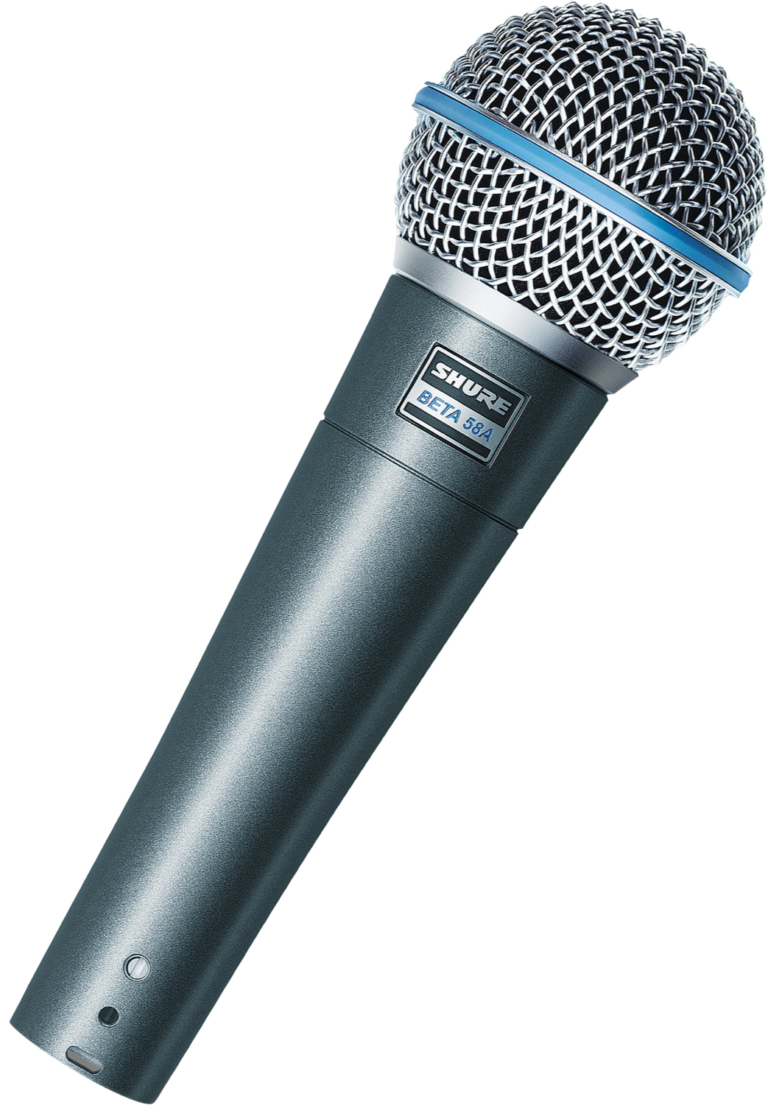
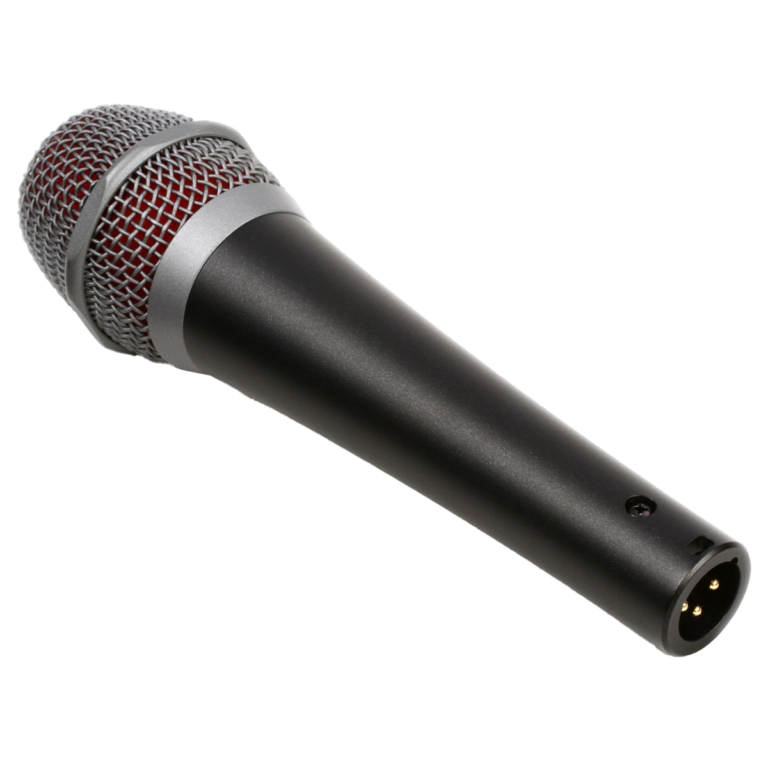


Lewitt Audio’s MTP550 is a specific vocal range microphone that has been extremely well-engineered. It’s solid and heavier than all the other mics I’ve mentioned here and at around £90 is right in the sweet spot price-wise!
If money is no object and you feel like splurging then the Neumann KMS105 could be the one for you. Neumann microphones are legendary and this condenser mic with its super cardioid characteristics brings that legendary sound to the stage. However at over £500 that sound comes with a hefty price tag!
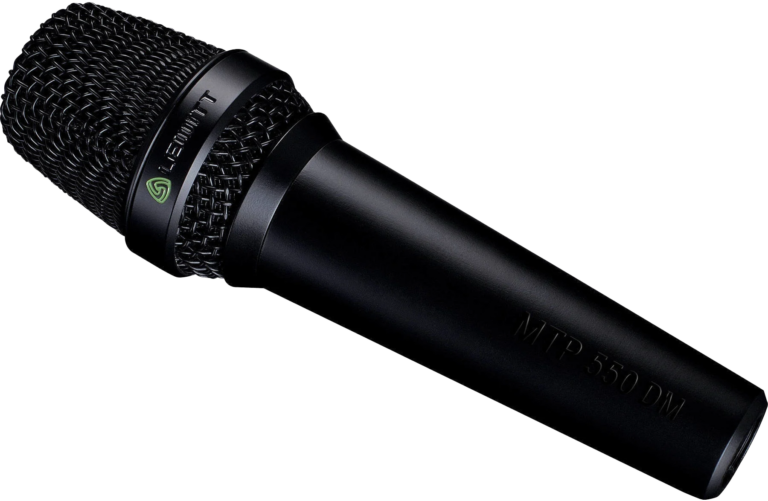
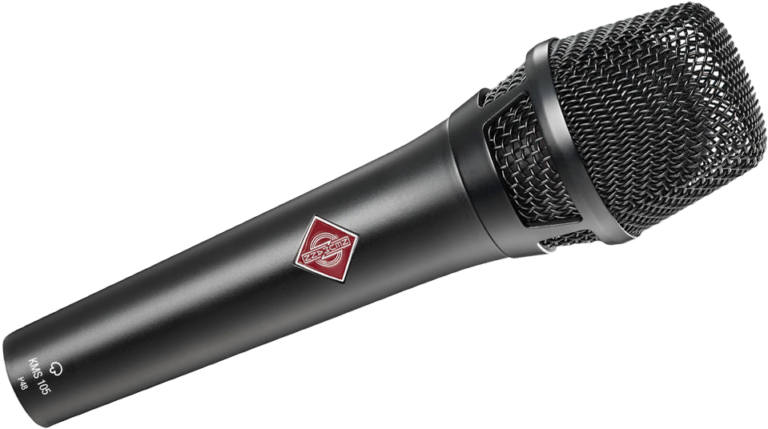


Just searching for any of these mic online will bring up a list of retailers where you can buy them new. Otherwise take a look on Reverb or Ebay. However, do be aware that Ebay is awash with fakes. I bought a Shure SM57 last year that, when it arrived, was obviously counterfeit. It was too light, had poor printing on it and the capsule cover didn’t rotate. I sent it back and was able to get a refund. The seller claimed he had bought it new and thought it was genuine. Perhaps he did. If you see a price that’s too good to be true, it probably is. Lookout for listings that have ‘Style’ in the title as in ‘Sennheiser E845 Style Microphone’. You can get bargains but just be cautious.
In summary, having your own, dependable mic that suits your voice is really worth it. You can’t go wrong with a Shure SM58 but try a Sennheiser, a Lewitt or an SE or even a Neumann if you have the budget. My goto mic for live stage vocals use is the Sennheiser E835. I think they have the edge over an SM58. I personally use an E845 as it suits my voice but any of those I’ve listed in this article are worth a look and none will let you down.
Ralph Tittley
March 16th 2024